- Shane V. Charles
- Posts
- Issue No. 13
Issue No. 13
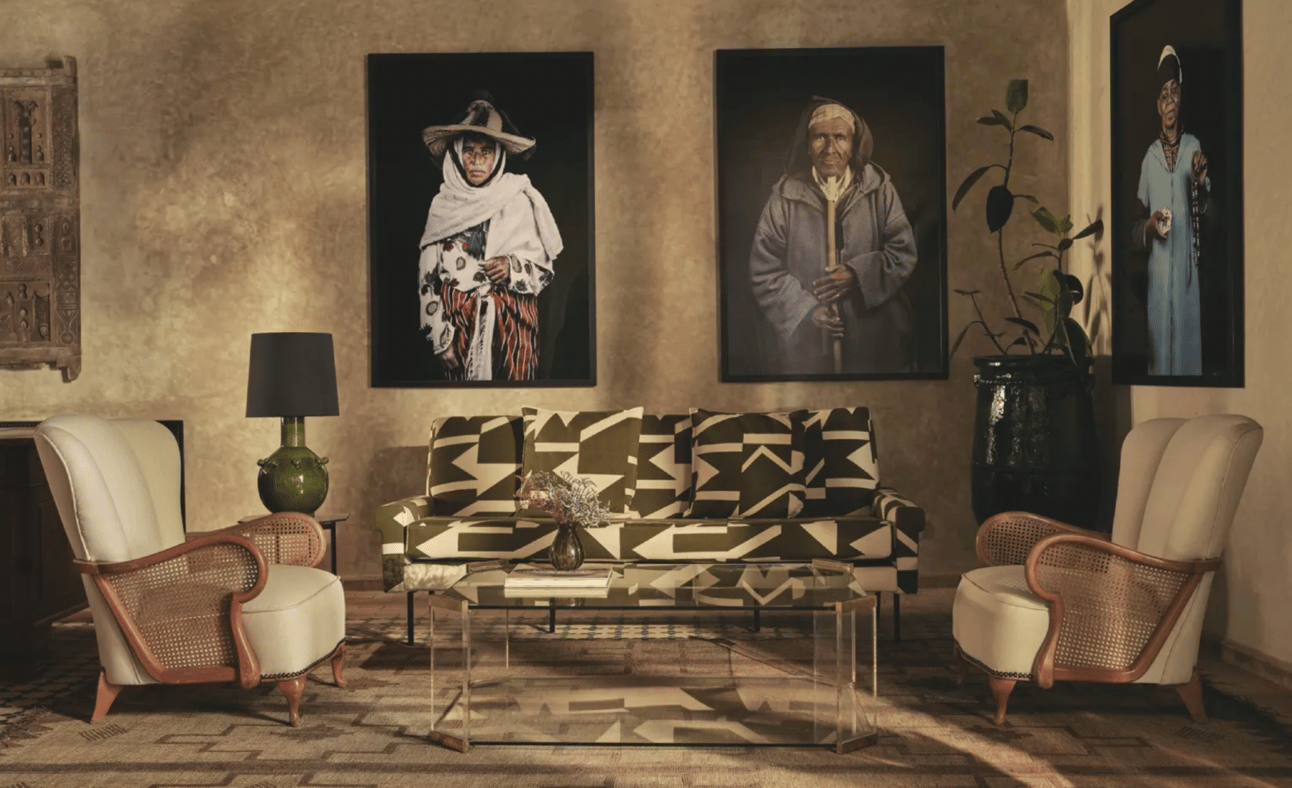
ISSUE NO. 13
A November Issue
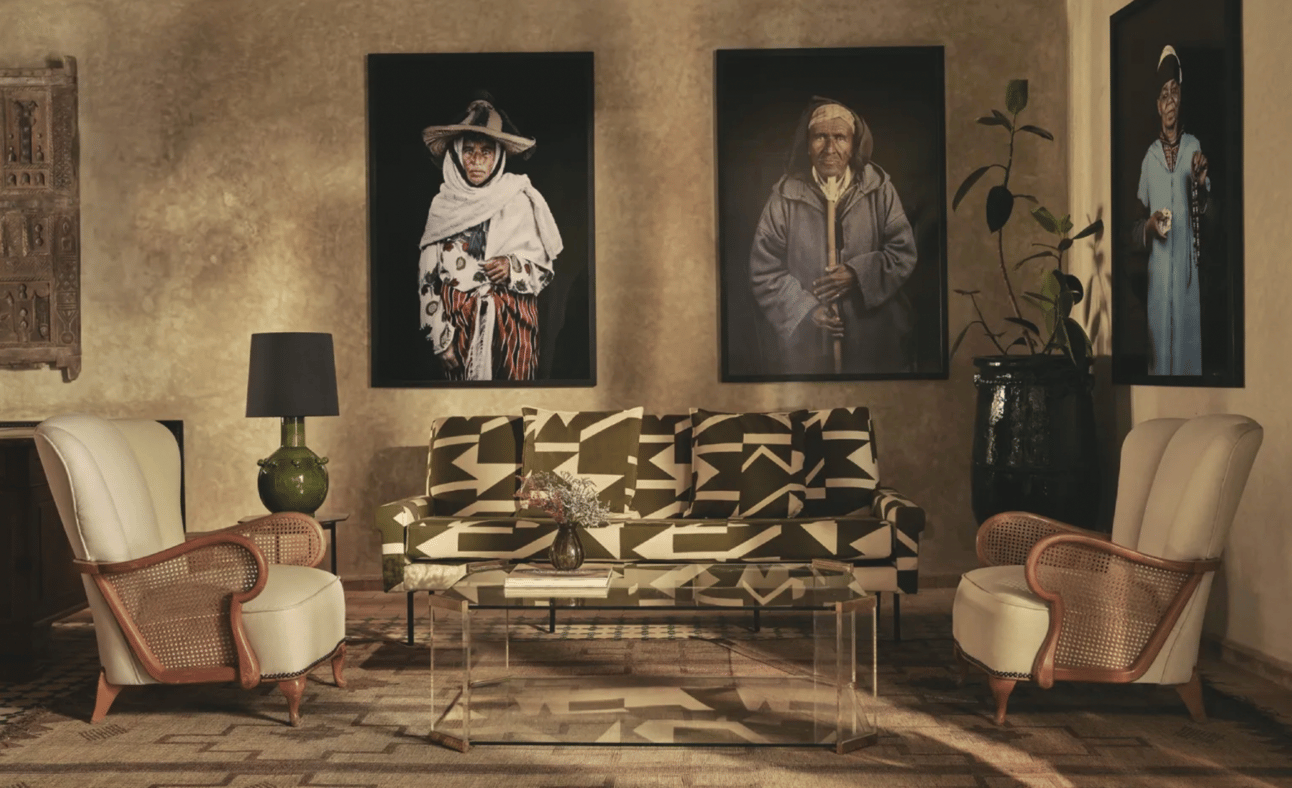
Photography from Izza
We see how deeply ancient traditions shape our creativity. The artisans of the past—who crafted their designs from the natural world around them—tapped into timeless wisdom that still guides us today. It’s a reminder that true innovation doesn’t have to discard the past but can build upon it—creating something that is both rooted in history and relevant for the future.
ARCHITECTURALLY CURIOUS
'Stone' Cold Genius: An NYC Gallery That’s Breaking the Mold
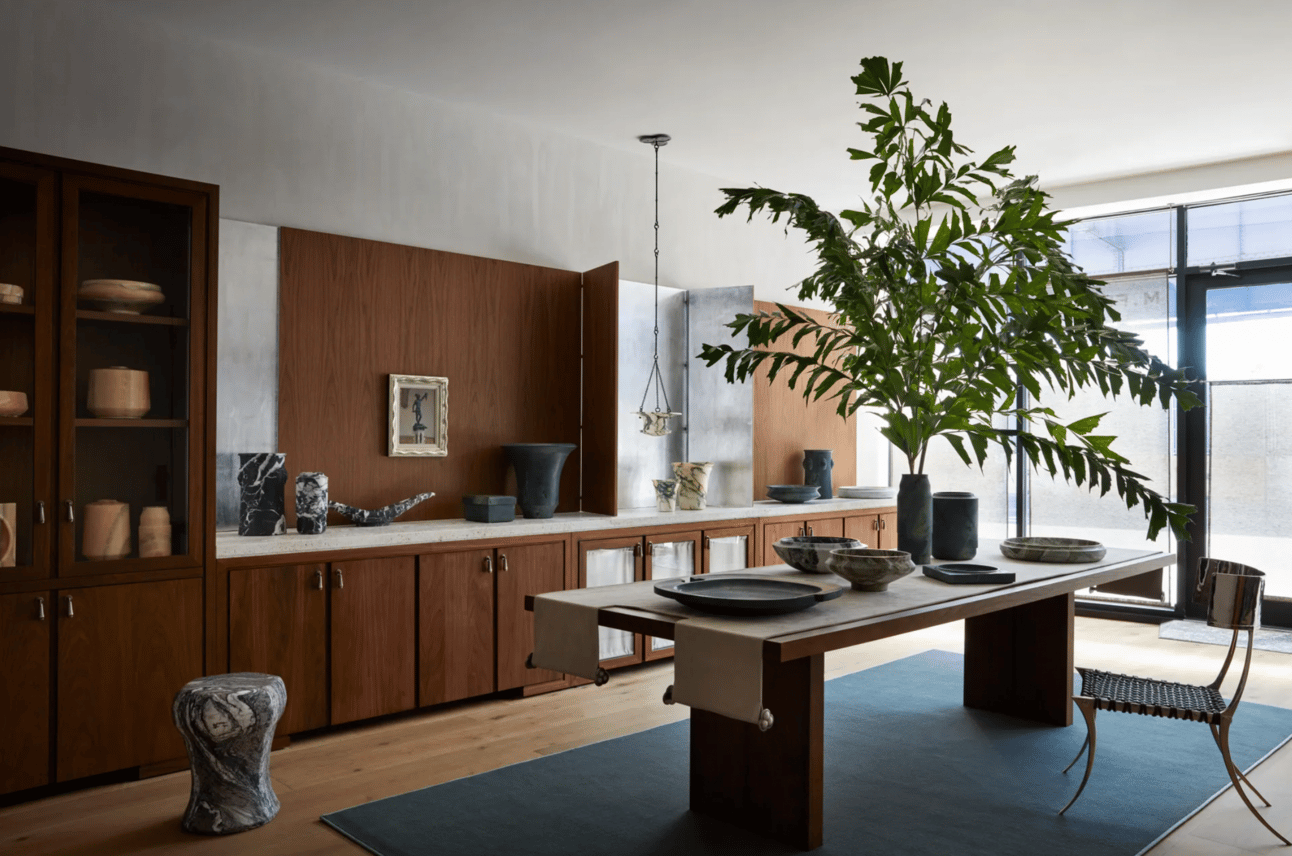
Photography by Stephen Kent Johnson
Debuting in Manhattan’s Seaport neighborhood—known for its historic cobblestone streets and waterfront views—a new gallery, M. Fisher, has officially opened its doors. With its addition, Seaport continues to evolve as a vibrant hub for creative spaces.
Founded by Matthew Fisher—a New York City-based designer and artist known for his innovative approach to functional art—the space showcases over 120 functional art objects and sculptures made from salvaged stone, metal, and other natural materials.
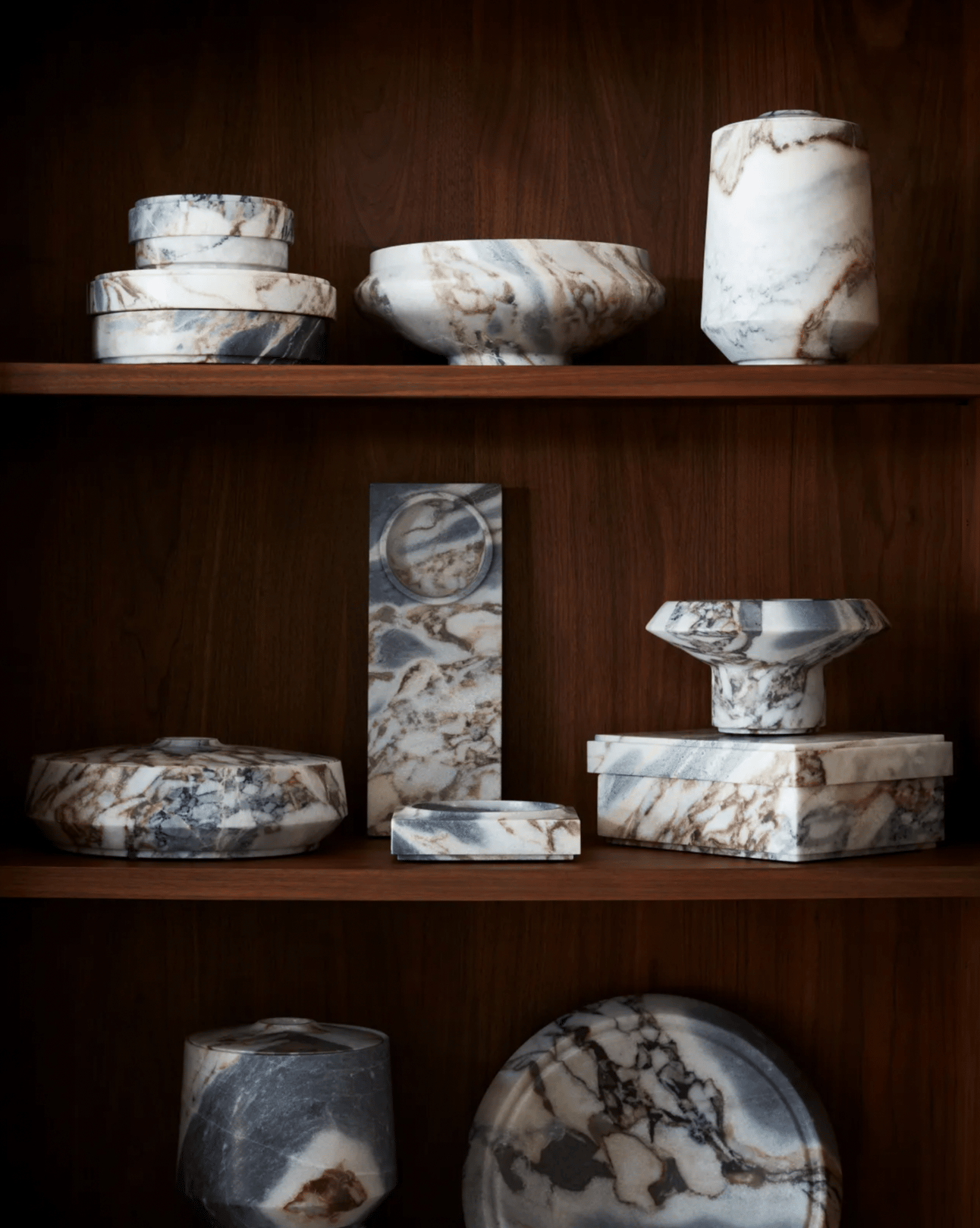
Photography by Stephen Kent Johnson
From Dancer to Designer
Drawing on his journey as a professional dancer, Fisher transitioned to design, after a career-ending injury. He enrolled in a course on Egyptian art and architecture ignited a fascination with ancient cultures—eventually shaping his design ethos.
This pivot is a testament to his adaptive creativity and interdisciplinary approach. With a background in ballet, he developed an understanding of precision, movement, and spatial dynamics. These elements—flow, balance, and interaction—translate seamlessly into his work with materials like stone and metal.
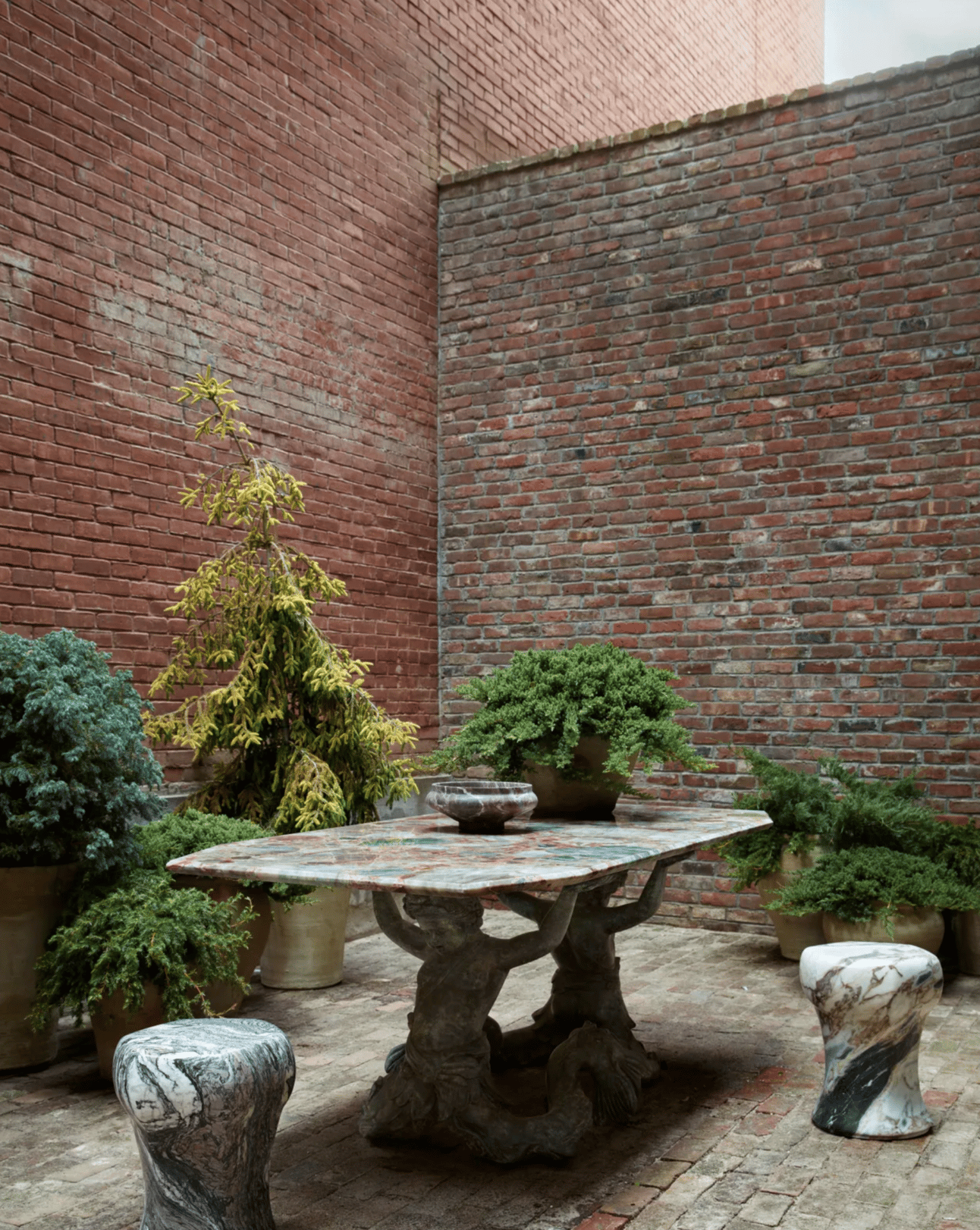
Photography by Stephen Kent Johnson
The Art of Placement
Refined details like silver leaf niches, custom cabinetry, and bespoke chandeliers— along with natural materials like wood and plaster—create a warm and inviting atmosphere.
The non-traditional layout allows each piece to shine on its own while maintaining a cohesive flow—offering a curated yet organic experience of the art in a lived-in environment.
GLOBAL GLIMPSE
Marrakech: From an Ancient Riad to an Art-Filled Boutique Hotel
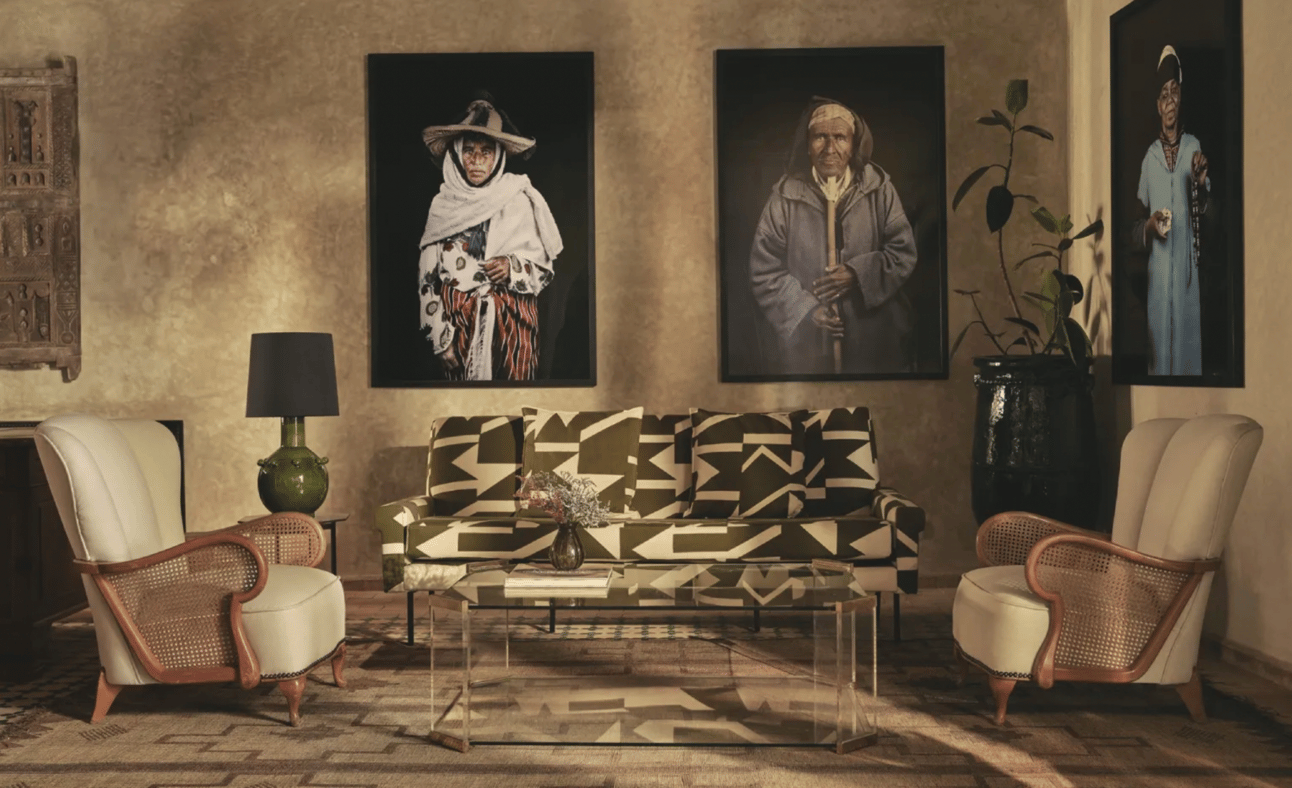
Photography from Izza
A 14-room riad in Marrakesh, Morocco—IZZA—reinterprets Moroccan elegance by blending Islamic architecture and modernist sensibilities. The interiors feature stunning arches, vibrant jewel tones, and intricate materials like zellij tiles and carved cedarwood. These elements reflect a deep respect for traditional Moroccan craftsmanship.
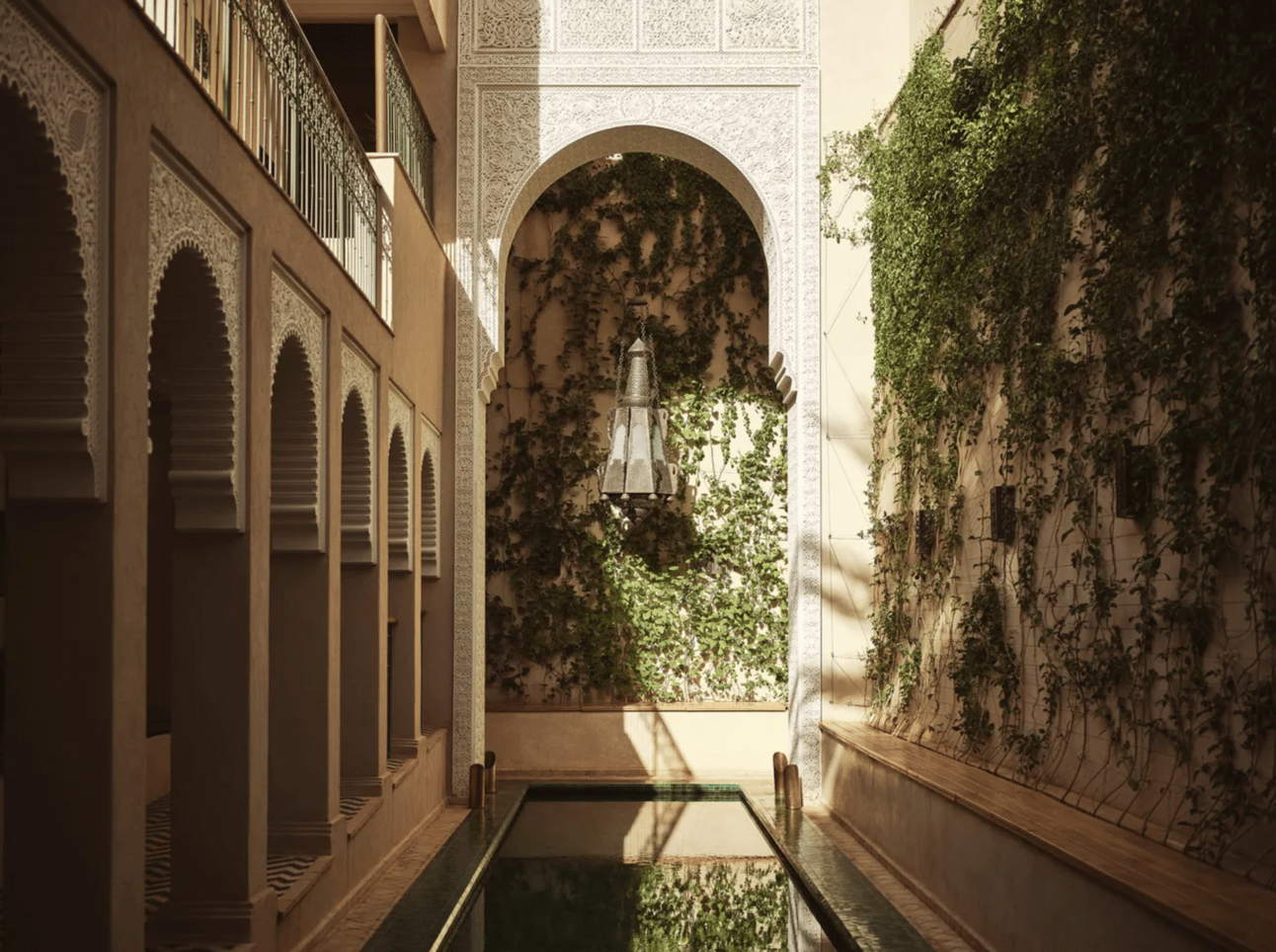
Photography from Izza
What is a Riad?
A riad is a traditional Moroccan house or palace with a central courtyard or garden that’s often enclosed by walls for privacy. The word riad comes from the Arabic term riyad—meaning garden—reflecting its design as a serene, green sanctuary within bustling cities.
These buildings date back almost 1,000 years ago to the Almoravid and Almohad periods and are most frequently converted into boutique hotels that showcase Morocco's rich cultural heritage.
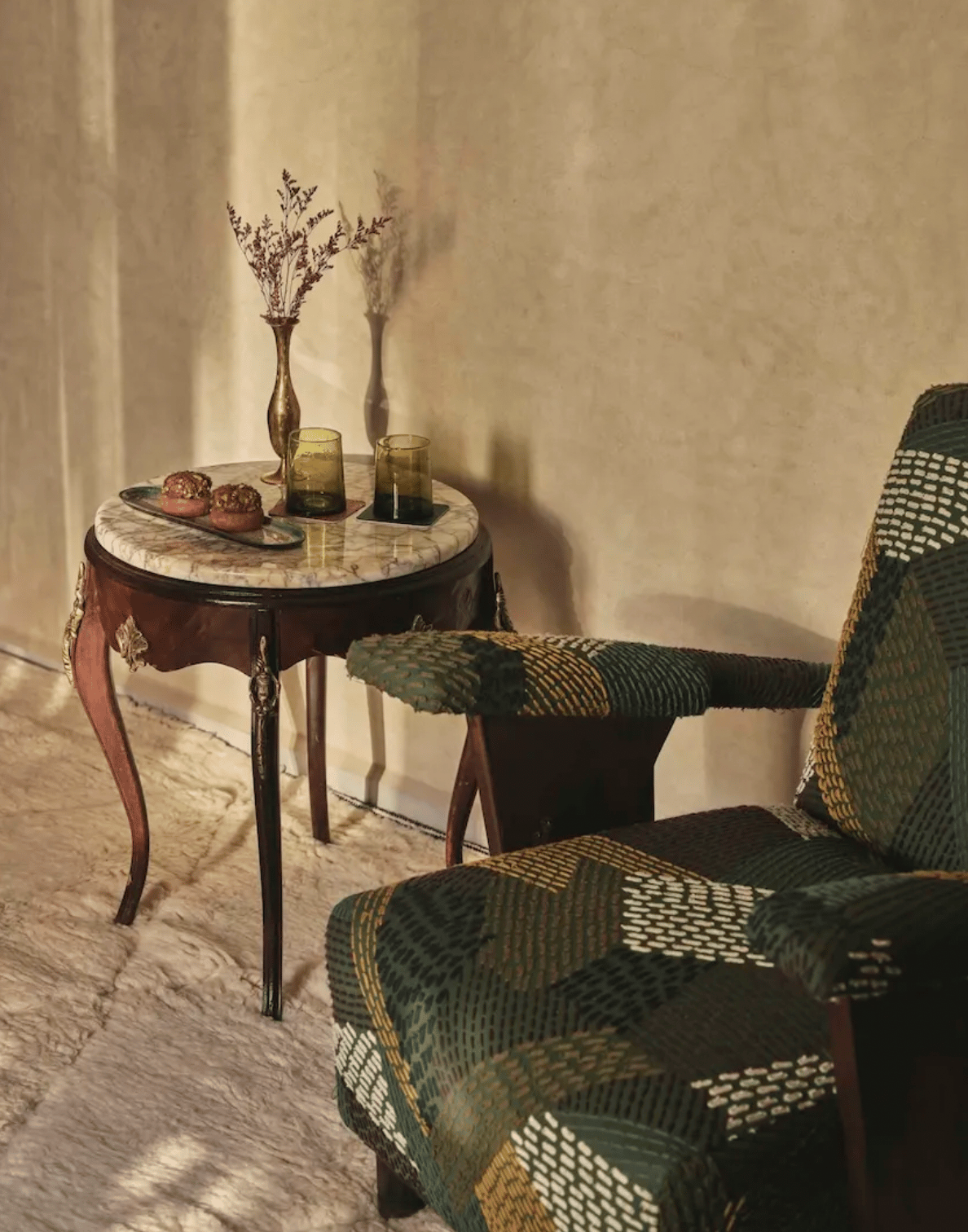
Photography from Izza
From Portraits to Pixels
Each room celebrates Marrakech's artistic heritage with locally made metal lanterns, Babouche slippers, and etched notebooks complementing modern art—creating a balanced connection between the city's past and its contemporary vibrancy.
The riad showcases a £5 million ($6.2 million) contemporary art collection—including striking black-and-white portraits of Moroccan individuals and powerful images capturing the dramatic beauty of the Amazon rainforest. It’s also home to one of the world’s largest physical NFT collections—displayed on a large screen on the rooftop.
VISUAL COMFORT
Unrealized Visions: Designs Far Ahead of Their Time
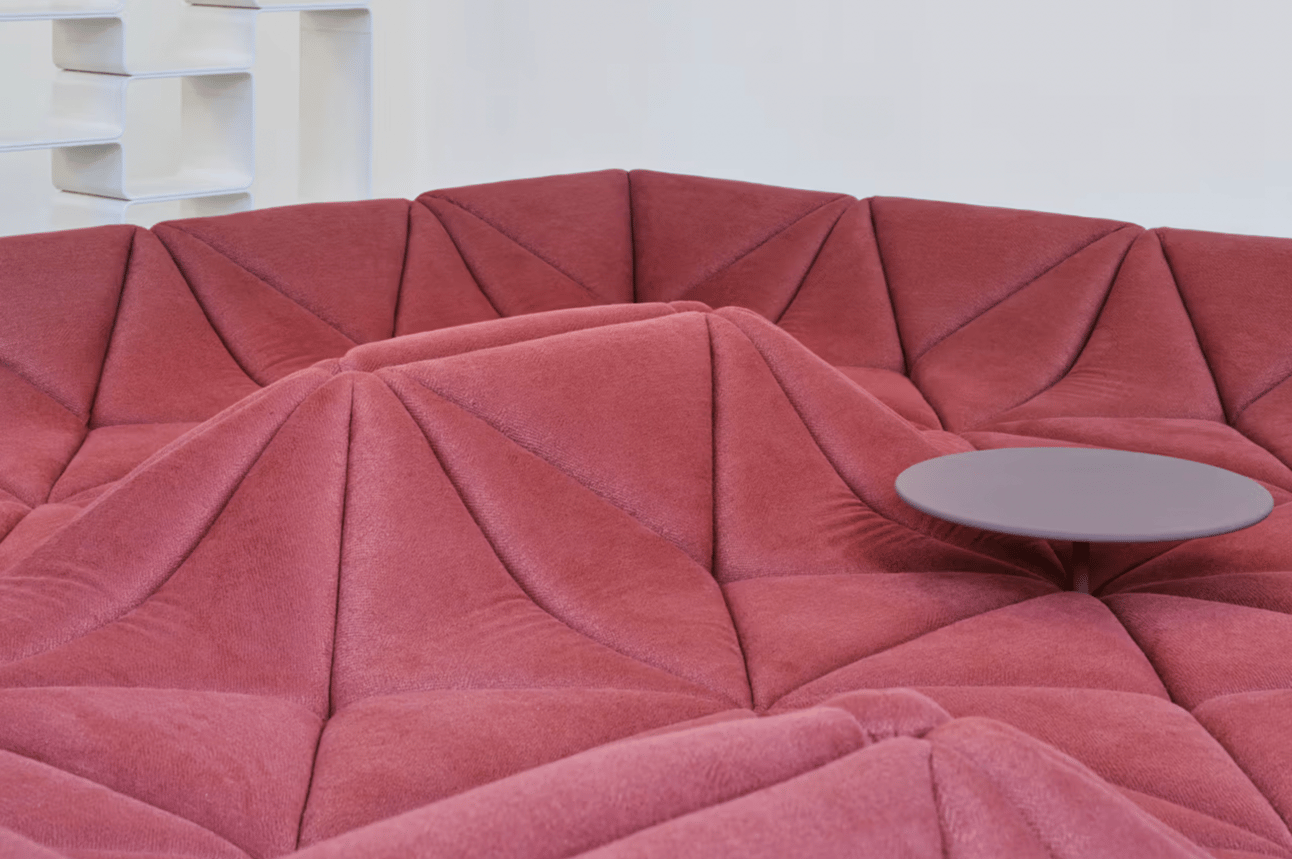
Photography by Timothy Doyon
An exhibition taking place at the Donald Judd Foundation—Pierre Paulin: Action House—offers a rare glimpse into a visionary's unrealized dream. Pierre Paulin—a French designer known for his revolutionary furniture that prioritized both form and function—created six groundbreaking prototypes for a Herman Miller project in the 1960s that never came to fruition.

Photography by Timothy Doyon
From Rigid to Responsive
These pieces were far ahead of their time—showcasing his vision of furniture that was not only functional but deeply responsive to one's needs and environment. His innovative approach focused on fluidity and adaptability while challenging traditional notions of comfort and form. This paved the way for more adaptable, user-centered furniture that continues to influence modern design today.

Photography by Timothy Doyon
A Modular Revolution
These prototypes—though never mass-produced—reveal his ongoing legacy in contemporary design, particularly in the realm of modular systems and ergonomic forms. This exhibition gives insight into his radical ideas for a new way of living and interacting with furniture.
DESIGNER PICKS
Things I’m Currently Obsessing Over
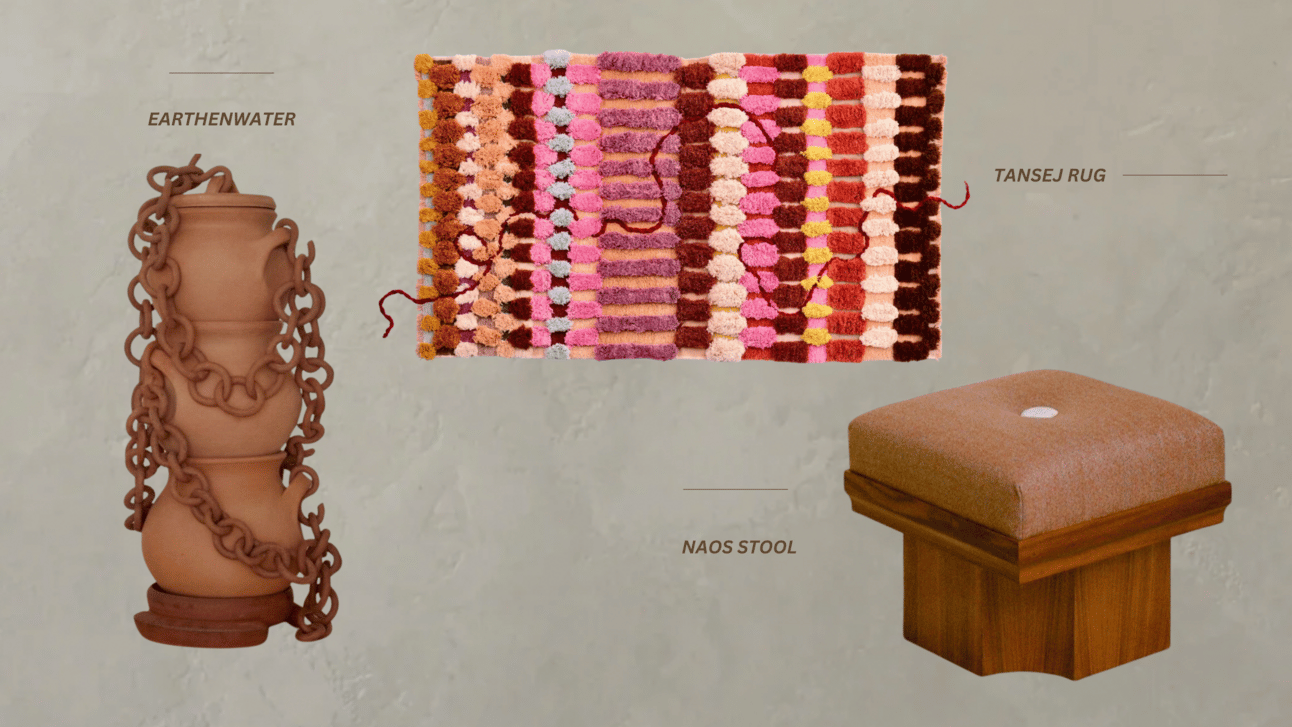
Al Serkal’s Tansej Rug
The use of rare Siroua sheep wool, dyed with local plants—creates rich and vibrant hues that are both visually striking and deeply connected to the land. The knotting technique of the ancient Berber Knot—which had nearly vanished over time—adds not only texture and depth to the rug but also a sense of cultural preservation and respect for tradition.
Hassan’s Earthenwater Water Filtration
This stunning piece revives the ancient practice of using earthenware clay pots to filter, mineralize, alkalize, and cool water—connecting us to a centuries-old tradition while addressing plastic contamination. The tactile, earthy aesthetic of the clay adds warmth and timelessness to any interior and also promotes a healthier lifestyle by reducing reliance on harmful plastics.
Naos’ Sculptural Stool
The hand-stamped clay button technique adds tactile depth to the stool—mirroring the textures of ancient ruins. This design choice goes beyond aesthetics—embedding history and culture into the piece. Each button carries the imprint of time—transforming the stool into a living artifact that reconnects modern interiors with the past.
MUSICAL INTERLUDE
What I'm Listening to in November
As many will be gathering this week with family and friends, it’s important to remember that Thanksgiving is a difficult day for many Indigenous people. It marks the beginning of centuries of colonization and violence that disrupted their cultures, lands, and communities.
To respect our Indigenous community, it's important to acknowledge their history, listen to their stories, and educate ourselves about their struggles. True progress comes from respect and recognition—not erasure. Understanding the past is key to building a more just and inclusive future—I’ll see you next week, my friend.
